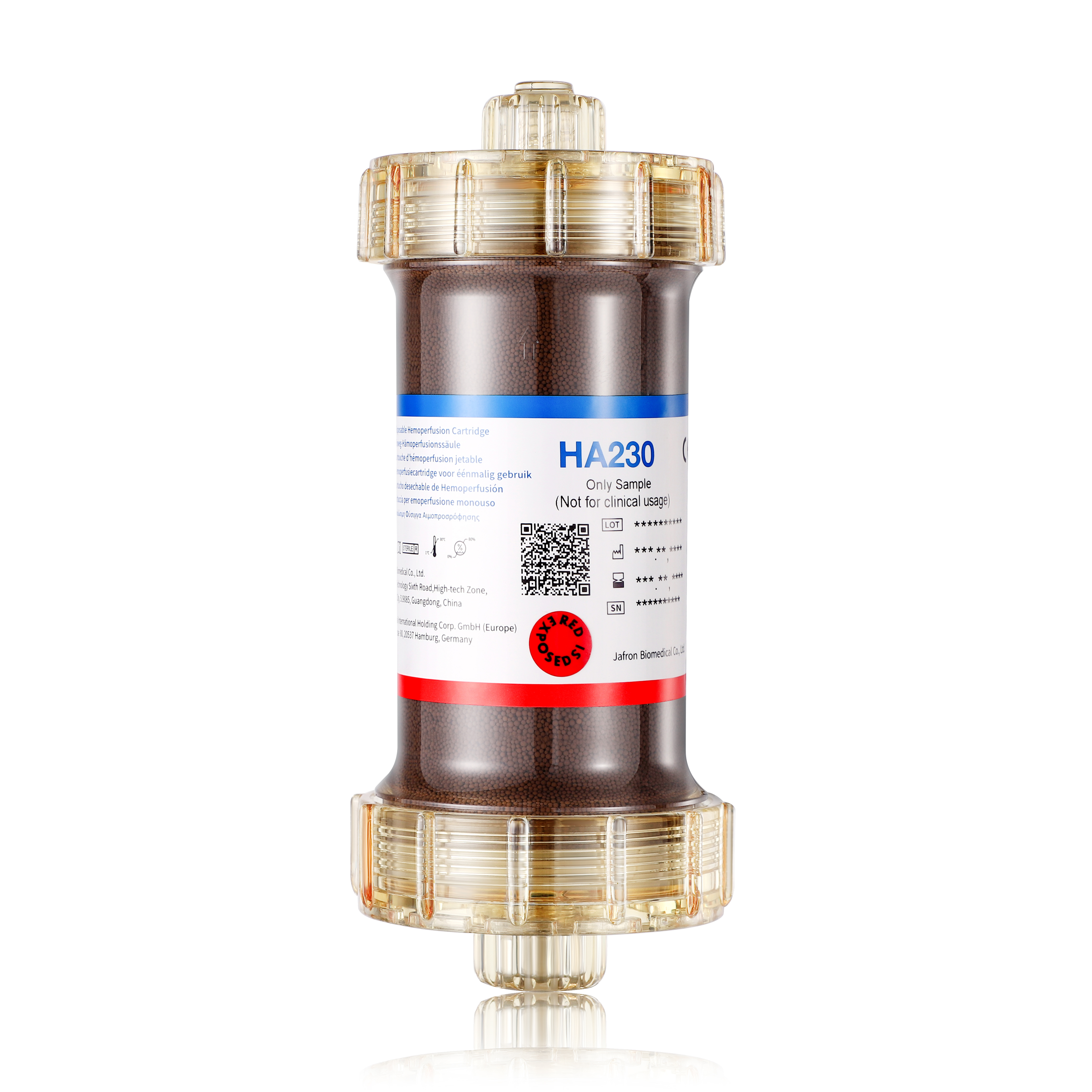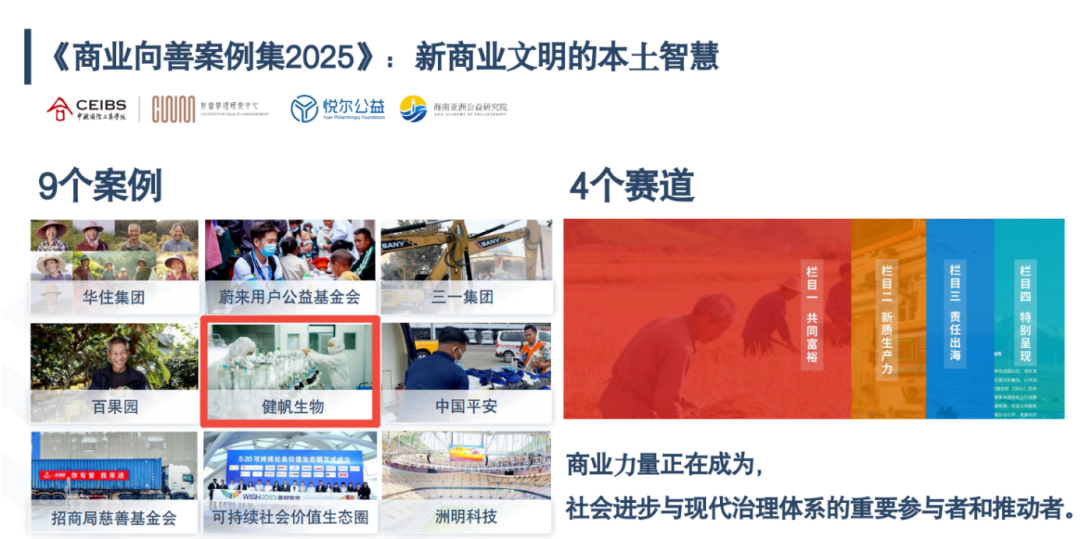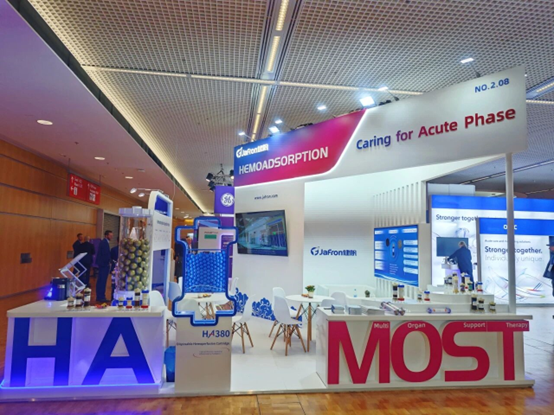HA230 - Saving patients from acute poisoning and drug overdose
Author:Branding Date:2023-12-07
In September this year, a hospital in Vietnam received great attention from the local society: doctors used hemoadsorption therapy to successfully treat 2 young siblings who accidentally took Diquat. Recently, doctors in Colombia also published a positive case of using hemoadsorption treatment with Jafron HA230 cartridges to save a pregnant woman after paraquat poisoning.
The severity of acute poisoning
The cause and prevalence of acute poisoning is different in every part of the world. Statistically, acute poisoning due to xenobiotics such as pesticides, herbicides, and insecticides is commonly reported in developing countries. In contrast, in developed countries, the most common cause of acute poisoning is the abuse of commercially available pharmaceutical drugs, such as analgesics, NSAIDs, and sleeping tablets.[1][2] At present, the development of medicine and drugs have been thoroughly improved from quantity to quality, but the treatment of severe poisoning is still facing some difficulties in the clinical settings, and the mortality and morbidity rate of poisoned patients remains high. For example, research indicates that digestion of Diquat poisoning can cause severe damage to the internal organs and the central nervous system, with the clinical manifestations of nausea, vomiting, pain, restlessness, disorientation, loss of consciousness or even death in severe cases.[3]

Current treatment of acute poisoning and drug overdose
The general clinical approach for treating poisoned patients includes observation, stabilization, decontamination of the gastrointestinal tract, skin, or eyes, administration of an antidote, and resuscitation with advanced management.[4] The goal is to eliminate the toxins from the body and restore the proper function of the organs. Extracorporeal therapies such as hemodialysis (HD), continuous renal replacement therapy (CRRT), and hemoadsorption(HA). for toxicant removal have been widely introduced as important adjuncts to the standard treatment.
Hemoadsorption therapy and HA230 cartridge
Hemoadsorption therapy generally uses a cartridge or column filled with sorbent materials with high adsorptive properties to clean toxins, drugs, and metabolites from the blood.[5] Hemoadsorption therapy can be performed alone or in combination with HD or CRRT and has been employed for several years in the management of acute poisoning patients, especially for those who failed classic treatment or had no specific antidotes.[4]
HA230 hemoadsorption cartridge is filled with neutral macroporous resin with a target range of molecules and compounds from 0.5 to 10 kDa. The molecules are attracted by the huge adsorptive surface through accurate 3D macroporous structure, hydrophobicity, and Van der Waals interaction when the blood contact with it.[6] Compared with charcoal cartridges, HA230 has better blood compatibility due to the advanced coating technology, thus resulting in fewer side effects and improved patient safety.[7] Clinically, significant improvements in biochemical and clinical parameters, as well as overall survival have been reported in various studies using HA230 for acute intoxicated patients. (Paraquat, organophosphates, carbamazepine, digoxin, amlodipine, etc.)[8][9][10]

In summary, hemoadsorption therapy with HA230 is an effective and safe modality of extracorporeal blood purification for patients with acute intoxication and drug overdose. This therapy is associated with a significant reduction in the concentration of medicines or poisons and improved clinical outcomes and overall survival. It also strengthens the confidence and determination of healthcare clinicians to save the lives of acutely intoxicated patients.
[1] Mehrpour O, Akbari A, Jahani F, et al. Epidemiological and clinical profiles of acute poisoning in patients admitted to the intensive care unit in eastern Iran (2010 to 2017). BMC Emerg Med. 2018;18(1):30. Published 2018 Sep 19. doi:10.1186/s12873-018-0181-6
[2] Greene SL, Dargan PI, Jones AL. Acute poisoning: understanding 90% of cases in a nutshell. Postgrad Med J. 2005;81(954):204-216. doi:10.1136/pgmj.2004.024794
[3] Basilicata P, Pieri M, Simonelli A, et al. Diquat Poisoning: Care Management and Medico-Legal Implications. Toxics. 2022;10(4):166. Published 2022 Mar 30. doi:10.3390/toxics10040166
[4] Emergency Management of Poisoning. Haddad and Winchester's Clinical Management of Poisoning and Drug Overdose. 2007;13-61. doi:10.1016/B978-0-7216-0693-4.50007-4
[5] Chu L, Li G, Yu Y, Bao X, Wei H, Hu M. Clinical effects of hemoperfusion combined with pulse high-volume hemofiltration on septic shock. Medicine (Baltimore). 2020;99(9):e19058. doi:10.1097/MD.0000000000019058
[6] Ronco C, Guerrero GR, Reis T. Essentials on: Extracorporeal blood purification by adsorption. International Renal Research Institute of Vicenza. 2023.
[7] He Z, Lu H, Jian X, Li G, Xiao D, Meng Q, Chen J, Zhou C: The Efficacy of Resin Hemoperfusion Cartridge on Inflammatory Responses during Adult Cardiopulmonary Bypass. Blood Purify 2022; 51:31-37. Doi: 10.1159/000514149
[8] Omar S, Sooka PN, Khoza S, et al. Hemoperfusion for Clinically Suspected Organophosphate and Carbamate Poisoning in Critically Ill Patients: A Randomized Trial. Blood Purif. 2023;52(2):157-165. doi:10.1159/000525936
[9] Baylis S, Costa-Pinto R, Hodgson S, Bellomo R, Baldwin I. Combined Hemoperfusion and Continuous Veno-Venous Hemofiltration for Carbamazepine Intoxication. Blood Purif. 2022;51(9):721-725. doi:10.1159/000520520
[10] Dong H, Weng YB, Zhen GS, Li FJ, Jin AC, Liu J. Clinical emergency treatment of 68 critical patients with severe organophosphorus poisoning and prognosis analysis after rescue. Medicine (Baltimore). 2017;96(25):e7237. doi:10.1097/MD.0000000000007237
















